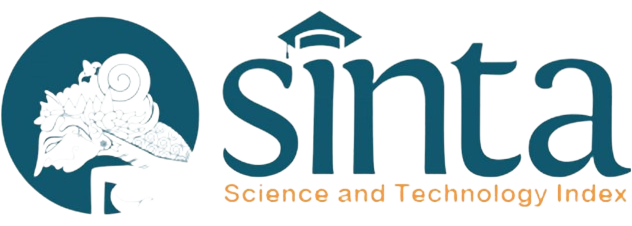Optimization of Production and Growth of Ginger Plants in Multiple Shades
Abstract
Ginger (Zingiber officinale) is an annual herbaceous plant belonging to the Zingiberaceae family. The rhizome of the ginger plant contains two classes of constituents: essential oils and oleoresins, which are useful for treating various diseases such as; diabetes, high blood pressure, cancer, and many other diseases. This study aims to see the effect of shading on plant growth, biomass, and gingerol content. The research was conducted at the Cikabayan Education Garden in July 2021-April 2022. This experiment used a one-factor Randomized Group Design, namely shade consisting of four levels, namely N0 0% (full light), and paranet with a density of N1 = 25%, N2 = 50%, and N3 = 75%. Each treatment was repeated three times, so there were 12 experimental units, each experimental unit had 6 sample plants. The results showed that shading with 50% and 75% density produced the highest plant height and number of ginger leaves compared to no shading and 25% density shading. Plant biomass components were influenced by shading. Shade treatment was not significantly different in leaf thickness, number of stomata, and stomatal density. The treatment of shading on gingerol compound levels in ginger plants gave a significant difference in 75% shading treatment, the highest value was in the 50% density shading treatment with a value of 12.10. Ginger plants can be grown and adapt well to low light intensity.
Keywords: biomass, gingerol, intensity, rhizome













